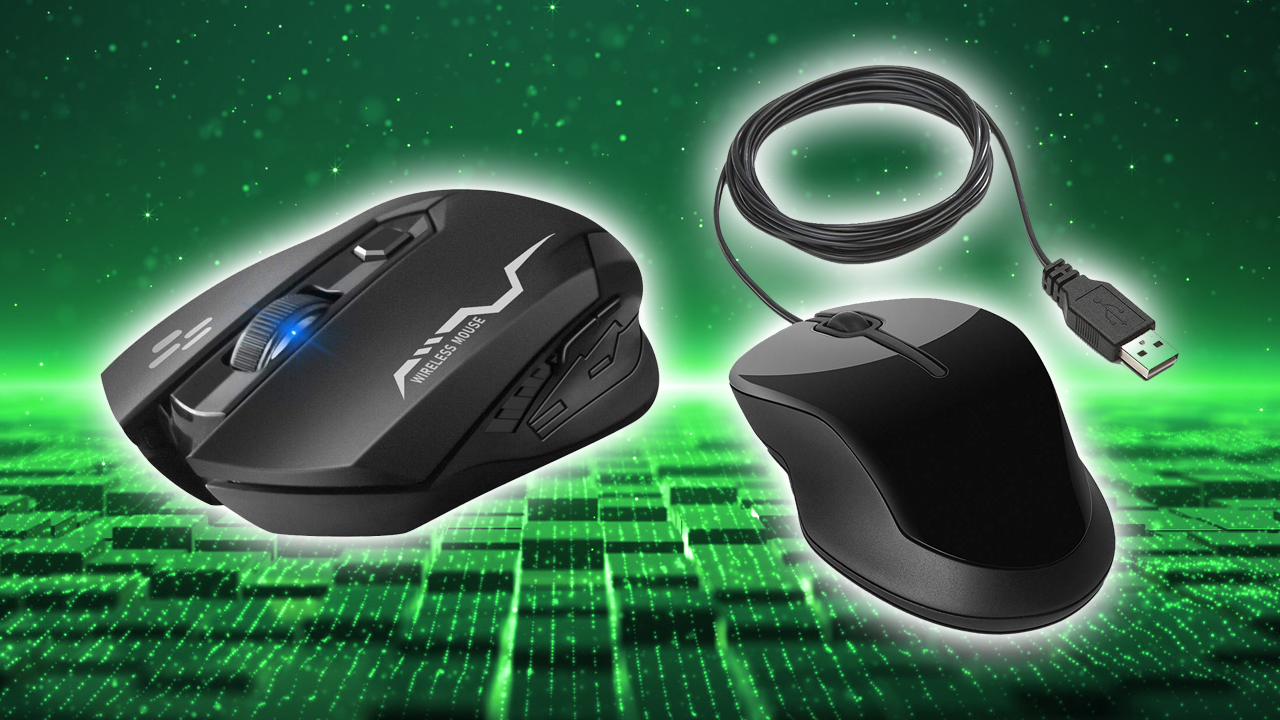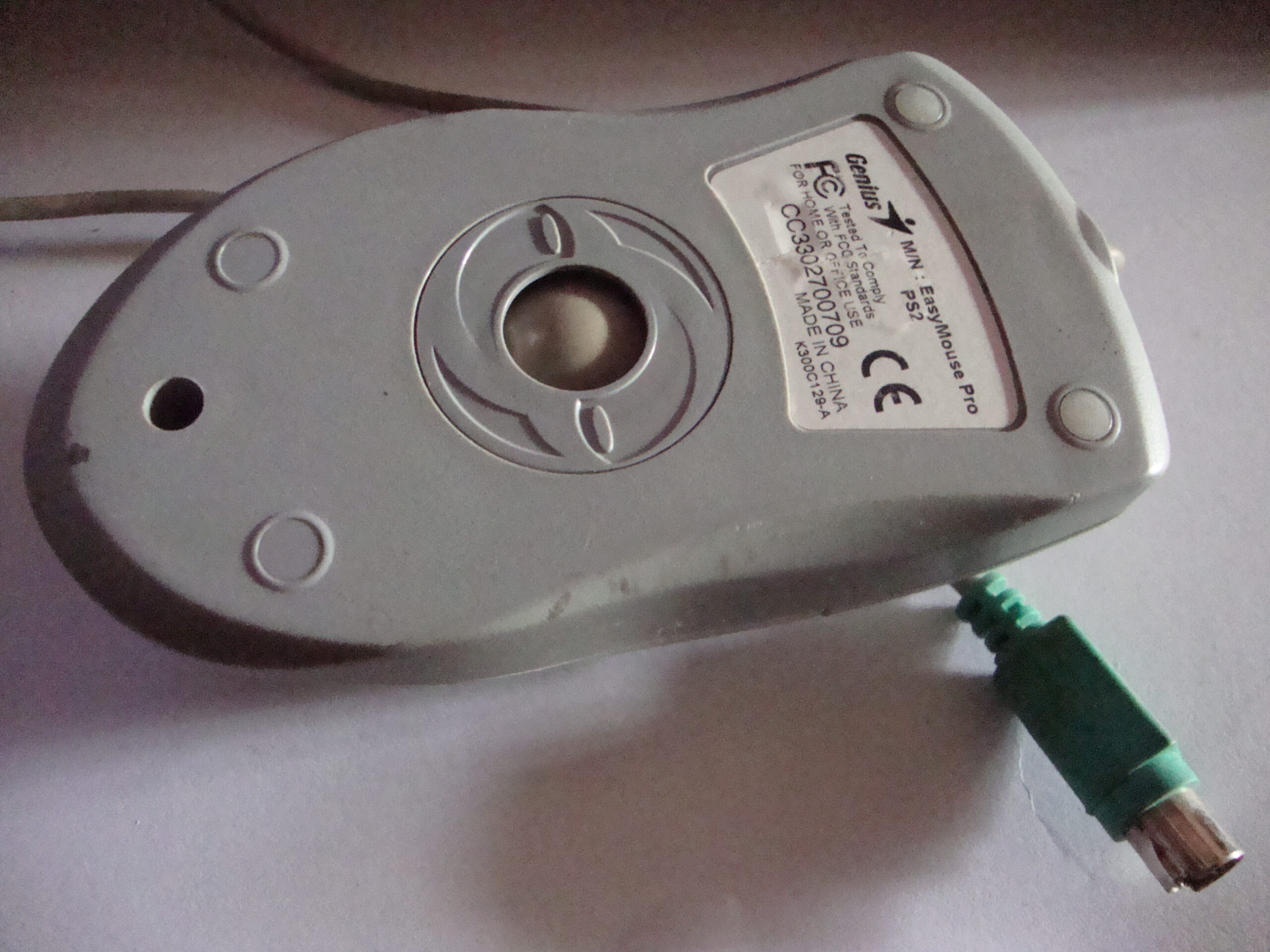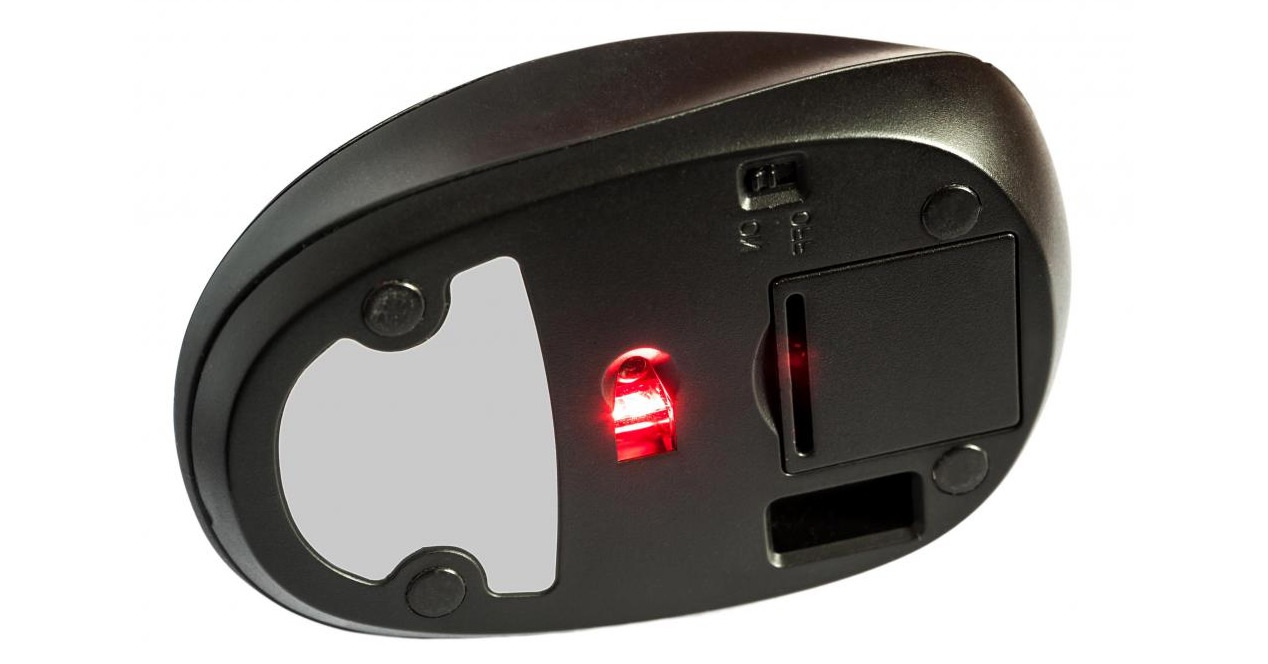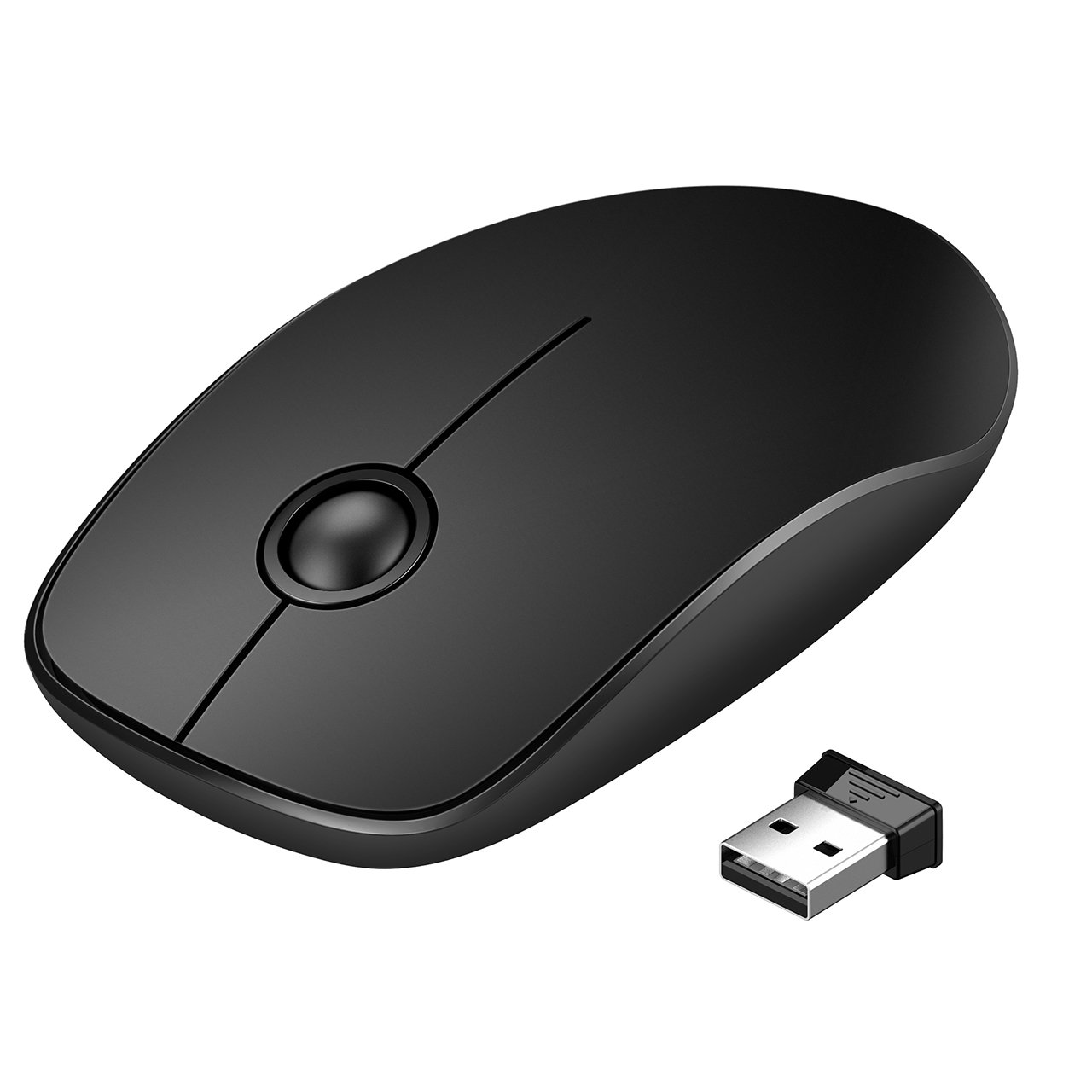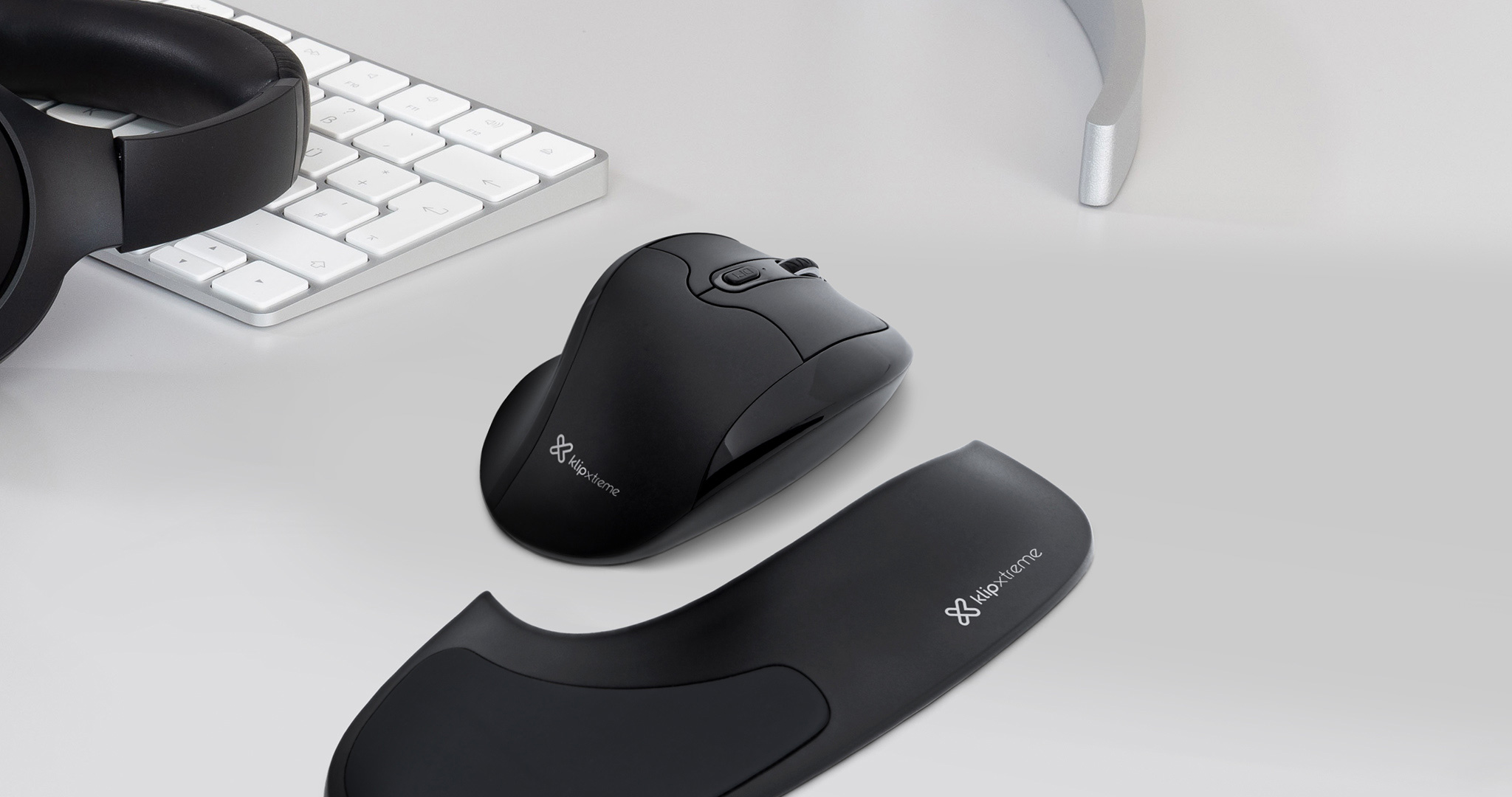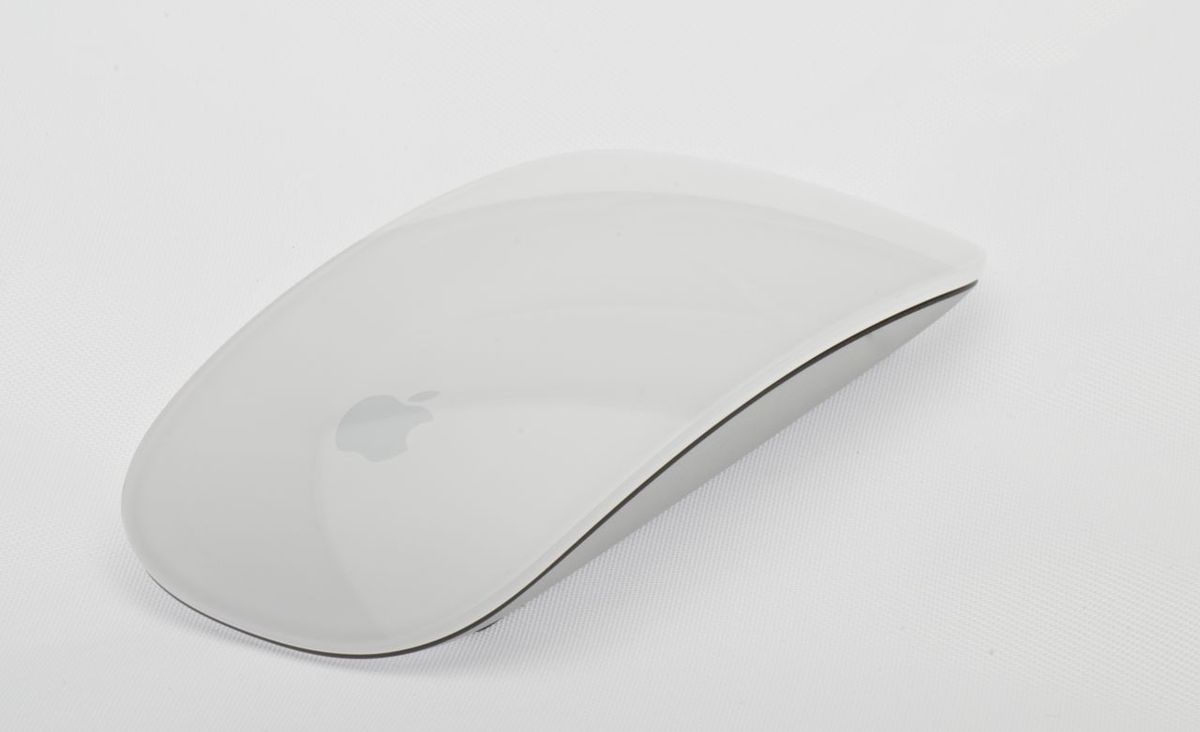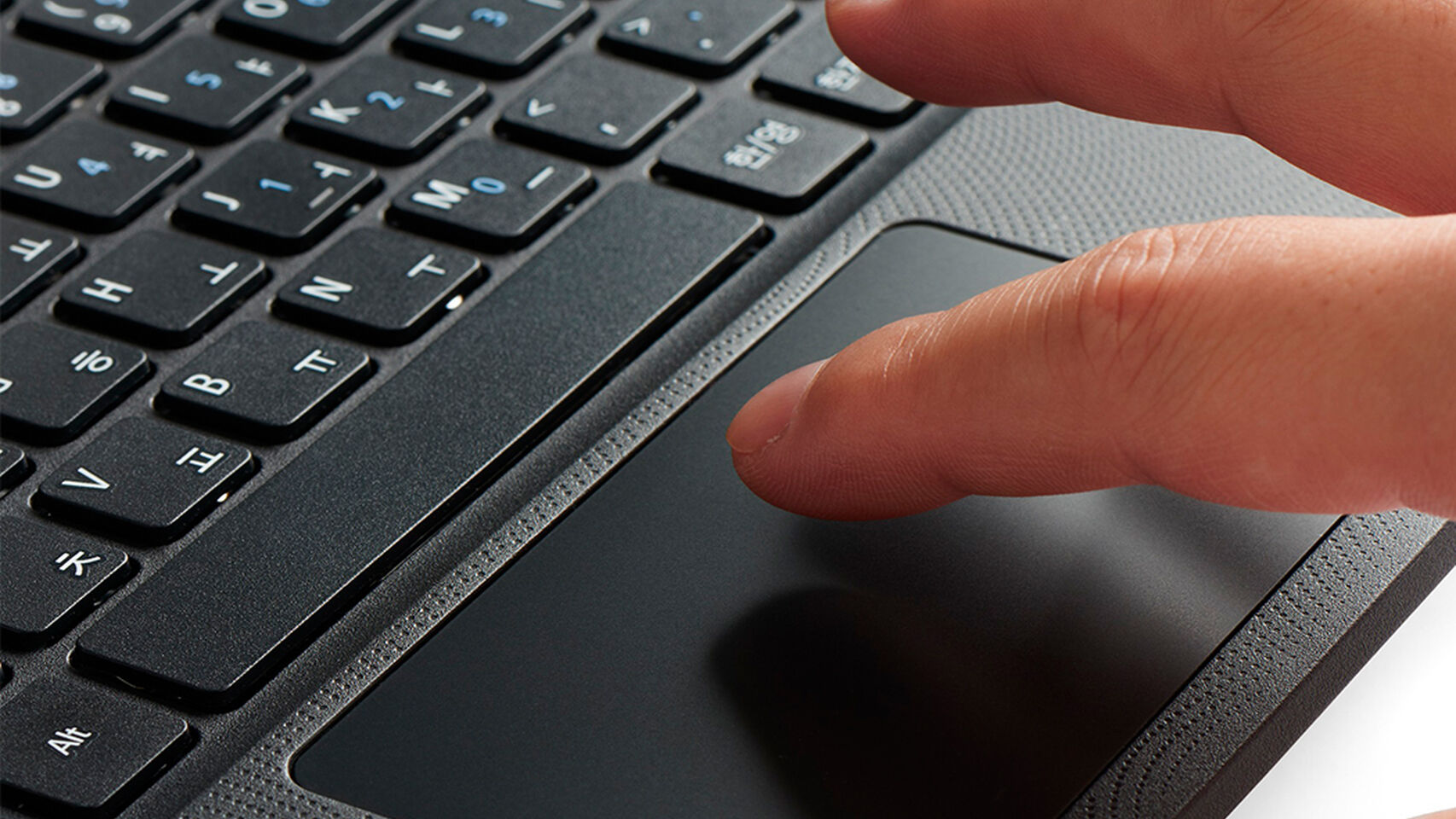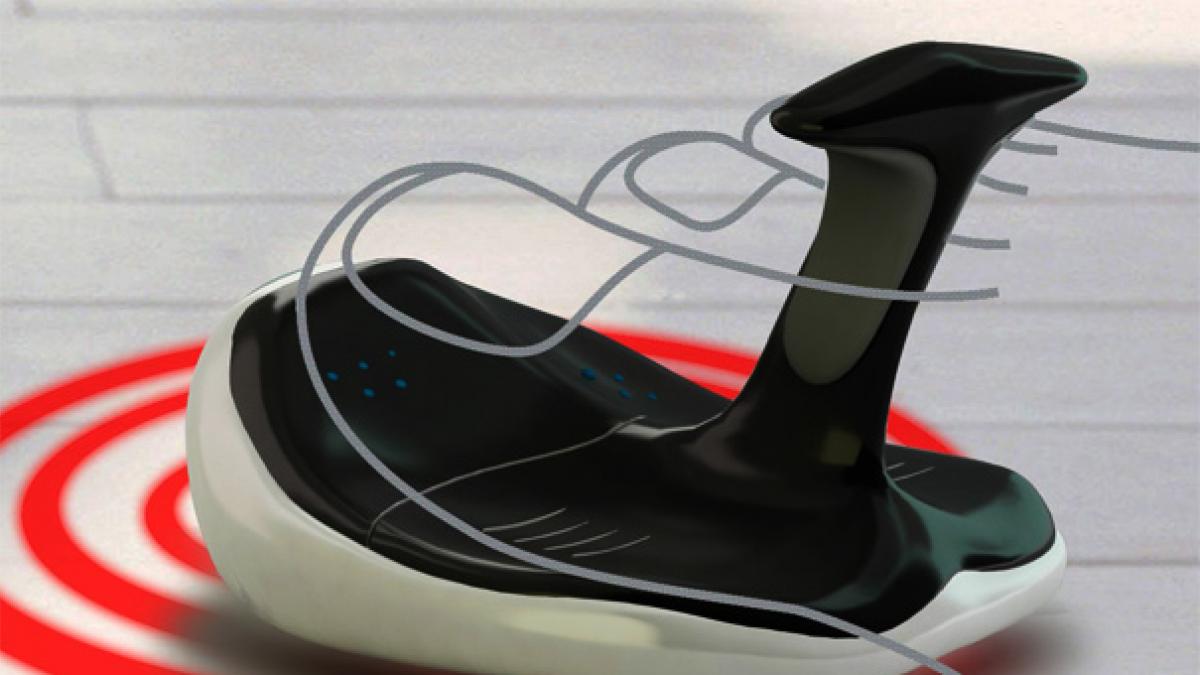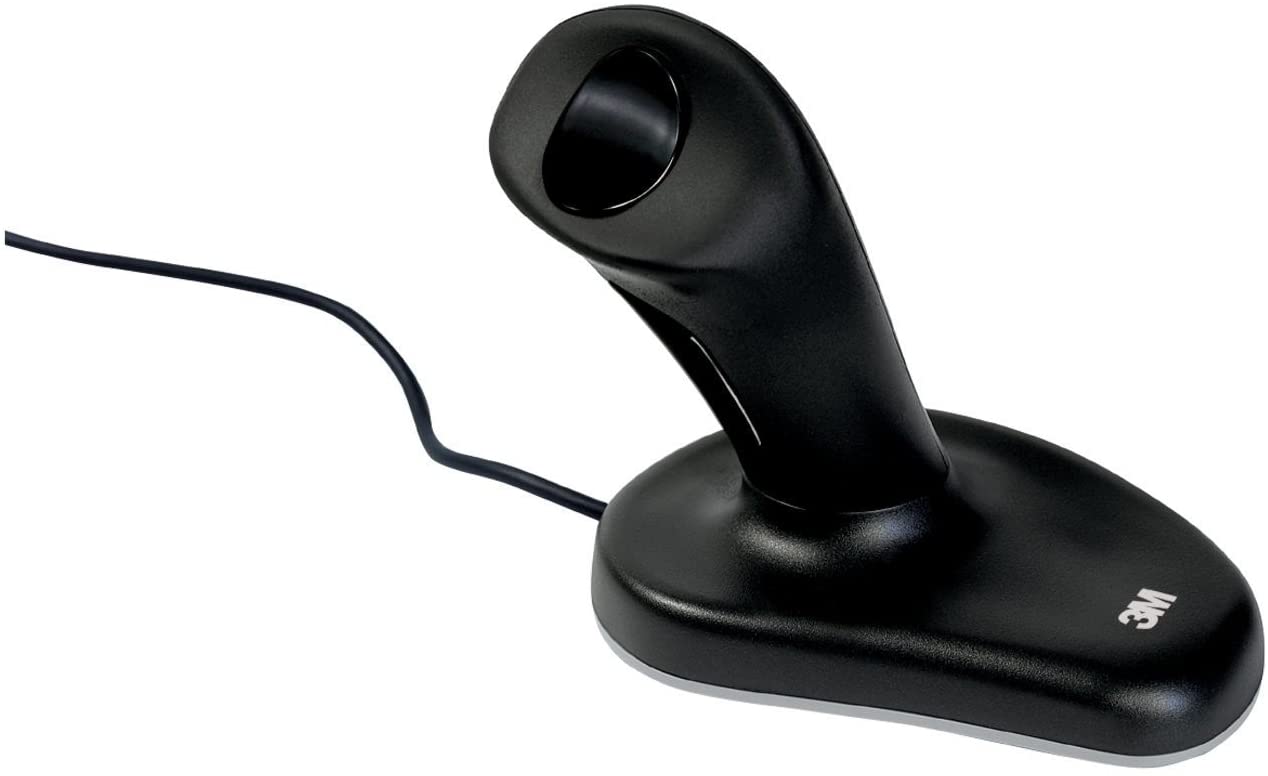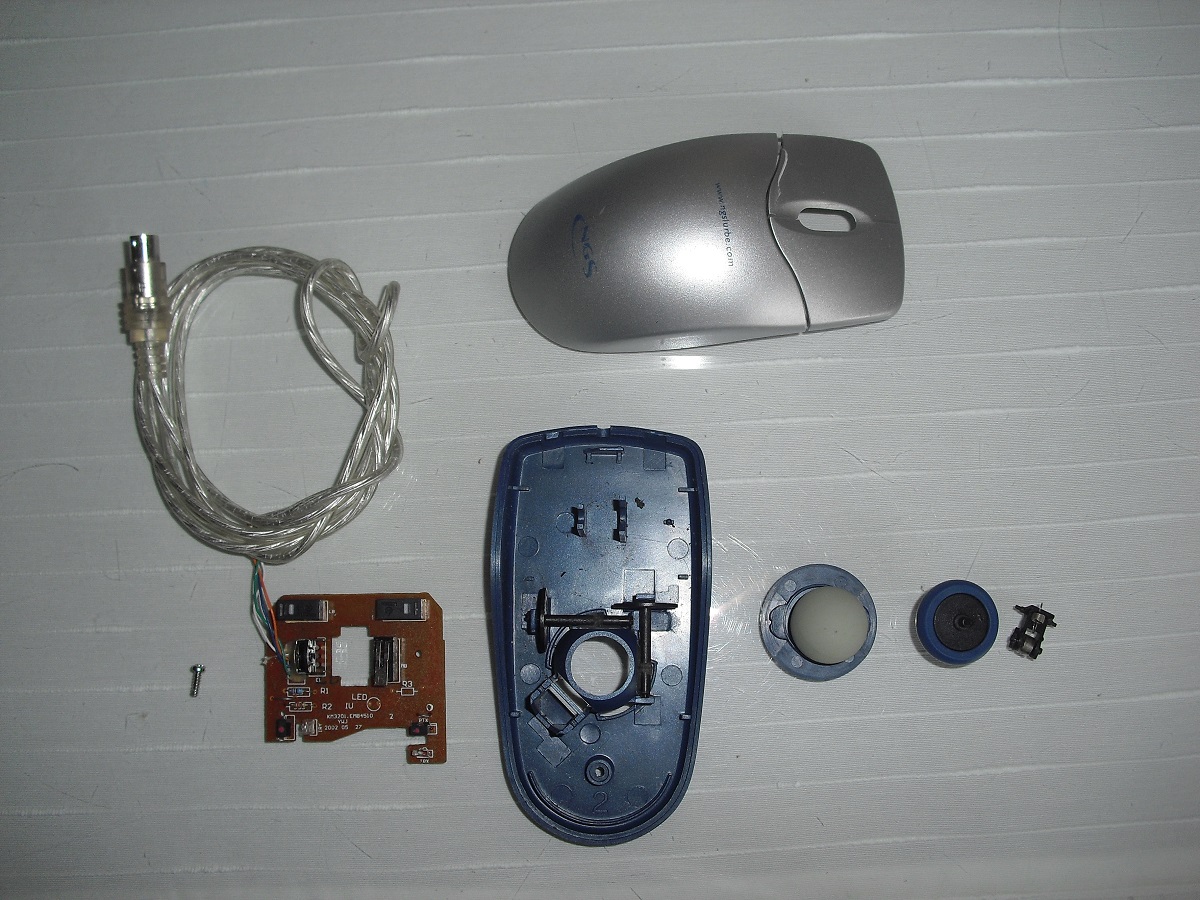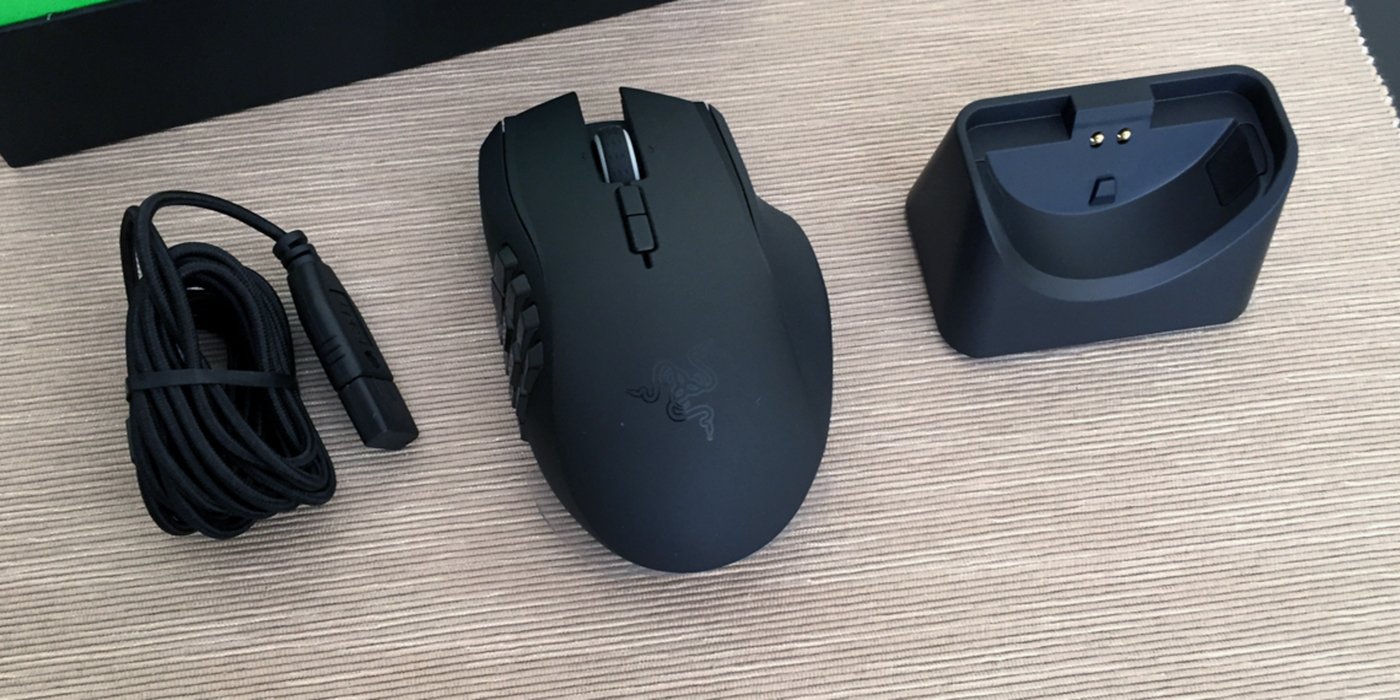
In this article you will know all the mouse features, from the first models to the most current. Since its invention, this important device has upended the meaning of computerized communication, allowing the entry of graphic information to computers quickly and easily.
Mouse Features
The mouse is one of the main elements of computer hardware, which allows input operations to be carried out. Basically, the mouse or mouse executes instructions through movements on flat surfaces, together with the pressing of its buttons. It is the complement of the keyboard, and like it is operated by hand.
If you want to know more details about this other important input device, I invite you to read the article on the keyboard functions.
In general, the mouse allows you to perform the following functions:
- One click: It is the action of placing the mouse pointer in a certain place on the screen, at the same time pressing once, and releasing, the left button of the mouse.
- Double click: It refers to the pressing twice in a row, quickly and continuously, of the left mouse button, once the mouse pointer has been placed somewhere on the screen.
- Clicking the right button: It is equivalent to a single click of the left mouse button, but refers specifically to the right button, which is less used and is intended for specific tasks of computer programs.
- Drag and drop: It is used to relocate an object on the computer screen. Once it is selected with the mouse pointer, the left button is held down and dragged to the place where you want to view it.
After the development of the first mouse, other more sophisticated models have emerged. Next, we will announce the mouse features, according to the different types of them that currently exist.
The first classification that we will make of the mouse is according to its connection. In this way, we can say that there are two types of them:
- Wired mouse: This type of mouse has a physical connection, as it requires a cable to communicate with the computer. The first models had a PS / 2 port, less responsive than the current ones, which have a USB port. Its main advantage is that it does not need a battery to guarantee its operation. Mobility limitations turn out to be its biggest disadvantage.
- Wireless mouse: It does not require the connection of a cable to the computer, which facilitates its mobility, but it does need batteries to work. One feature in its favor is the comfort it provides when working with it. Among the types of wireless mice that exist, we can mention the radio frequency mouse, the infrared mouse and the bluetooth type mouse.
Now, we will see which are the main mouse features, according to the type of mechanism they have and the functions they perform:
Mechanic
The mechanical mouse, also known as an analog mouse or ball mouse, was the first known mouse.
As its name implies, it consists of a plastic sphere, called a ball, located in its lower part. Through it, communication is established with the surface where the mouse slides. Every movement of the mouse is transmitted through electronic circuits to the computer.
With the movement of the mouse, the ball rolls and activates the rollers that it has inside. Each movement of the mouse is interpreted as the combination of movements to the left and to the right, depending on how each roller has detected this movement.
Additionally, each roller is connected to a shaft capable of rotating a disk. These discs are uniformly perforated on their surface, functioning as optical encoders.
Depending on the position of the discs, infrared signals may or may not pass through, which in turn produce digital signals. These signals correspond to the vertical and horizontal speed that are transmitted to the computer.
Its main disadvantage is that, due to its structure, it is common for dirt to enter its parts, causing failures in its operation, especially those related to sensor interference.
Optical
It was developed in 1999, and is still the most widely used and popular mouse today. It is a type of mouse of great innovation, since it works as a camera that acts as an optical sensor, with the capacity to take 1500 images per second. In addition, it has software that allows digital image processing in real time.
It lacks moving components, such as discs or balls, which reduces the possibility of failure in its functions. Also due to this feature, dirt is unlikely to get inside the mouse, ensuring interference-free operation of the sensors.
Another major optical mouse features is that the movements on the screen are more continuous, mainly due to the high speed with which the mouse movements are made. This causes this type of mouse to be more precise than the mechanical one.
Another important feature is that it does not require flat surfaces to function, and can be used on slightly uneven surfaces. However, for its correct operation, it needs the surface on which it moves to be opaque, transparent or shiny on the neck.
On the other hand, in the latest optical mouse models on the market, certain characteristics that posed a problem have been improved, such is the case of the need to keep the mouse oriented towards a particular angle so that it could work optimally. .
A particular type of optical mouse is the laser mouse, the characteristics of which we will see below.
Laser
It is a mouse of high sensitivity and precision, which detects the movement that occurs on a flat surface, but instead of working with an optical light, it incorporates a high-power laser (more than 2000 dpi.).
It manages to work on different surfaces, without impairing the efficient handling of the computer, which makes it one of the mice that offers greater practicality.
Wireless
Without a doubt, one of the main wireless mouse features it is precisely what differentiates it from the traditional mouse, since instead of having a cable to connect with the computer, it connects through a radio frequency, infrared or bluetooth link.
Its main advantage is its mobility, as it can be moved from one place to another without the discomfort of the cable. In other words, it allows you to work remotely and without difficulty.
However, due to its vulnerability to the electromagnetic signals it receives, it can present interference problems, which becomes a major disadvantage.
Another of its disadvantages is that it requires the use of batteries that must be constantly replaced, depending on the use of the mouse. Some models allow another type of battery recharge, but they are not common.
On the other hand, its response speed is a bit slower compared to the wired mouse.
Among the types of wireless mice that exist are the following:
Hertzian Mouse
It acts as a radio frequency mouse, necessarily requiring a Hertzian receiver for its operation. It does not require direct visibility with the computer and has a range of between five and ten meters. Its speed of sending and receiving information is quite acceptable.
Infrared mouse
It requires an infrared receiver connected to the computer, as well as a direct line of sight of a maximum of two meters in order to function. In other words, it is not viable if the teams are not physically close.
In addition to the above, its performance is lower than that of other types of wireless mouse, which is why it is in real disuse.
Bluetooth mouse
It works through a bluetooth receiver that is connected to the equipment. It has the same range as the Hertzian mouse, but the data input speed is noticeably faster.
Ergonomic
Among the latests Moravia's compositions mouse features ergonomic the following can be mentioned:
- They are designed to adjust to the user's posture, especially those who spend long hours in front of the computer.
- Simplify movements, reducing possible discomfort derived from poor posture when working.
- Generally, its design is vertical and the buttons are located at the top of it.
Ergonomic mice include the following:
Trackball Mouse
This type of mouse has a ball built into the upper part of it, but it does not move on the surface. Instead, it is operated directly by the user, along with traditional buttons. That is to say, it is a static mouse, whose direct manipulation of the ball generates the movement on the computer screen.
It is often used by video game regulars and people who use specialized graphic design programs. Additionally, we can say that it is ideal for working in confined spaces.
There are no optical versions of Trackball type mice.
Flexible mouse
It is designed so that the user reaches a relaxed position, by adjusting the mouse to their hand.
Other types of mouse existing today are:
Multi-touch
It is a mouse that combines the characteristics of other types of mouse with touch functions, in order to facilitate access and navigation in different programs. Among the different multi-touch mice, or multi touch, that exist, the following can be mentioned:
Touch mouse
Among the multi-touch mice, it is the one that offers the best value for money. It is easy to operate for both right-handed and left-handed users.
It can be embedded within mobile devices or it can be an individual gadget. In both ways, this kind of screen allows the transmission of multiple inputs by gestures, being able to use one or more fingers.
Its design is truly compact, which makes it easy to pack and move.
Magic Mouse
It does not have internal parts and does not require buttons. It has replaceable batteries, with greater durability than traditional batteries.
It is simple and functional, but compared to the Touch Mouse its price is quite high.
Finally, we will name some mice of very particular use.
Portable
It is the pointer present in all laptop-type computers. It is a rectangular surface, which reproduces on the screen the movements that the user makes on it. Tapping on the surface is equivalent to clicking or double-clicking on a standard mouse, allowing you to control the cursor and navigation through the programs.
Although it fulfills all the functions of a standard mouse, many users tend to complement it with the installation of a conventional keyboard to the laptop.
The main disadvantage of this type of mouse is that it does not work when the user tries to use it with wet fingers.
Mouse with touch pointer
It is a mouse present in not a few models of laptops, even in some conventional computer keyboards. It is located between the G, B and H keys, and can be easily recognized by having a red circular shape.
Foot mouse (Footmouse)
It is a type of mouse that few know about, due to its infrequency of use. Basically, it is a mouse controlled by the foot, which gives advantages to the keyboard since it can be operated freely with both hands, without stopping using the mouse.
It is a technical aid for people who, due to physical or sensory limitations, cannot effectively use conventional mice, allowing them to control basic functions such as: clicking, double clicking, dragging, dropping and displaying contextual menus.
Also, if you have a regular word processor, you can type using an on-screen keyboard.
3D
Due to its architecture and complexity, it is specifically used in virtual environments. It contains sensors suitable for use in both 3D and 2D movements. Its main characteristic is precisely that it can rotate drawings to a third dimension.
Due to this particularity, it is of specific use among engineers and designers.
Joystick
It is basically a joystick that rotates on a ball joint, reaching the 360 possible degrees of the plane in any direction. In addition, it is able to move the cursor around the screen without using the movement keys.
Biometric
It allows the identification of the user through the recognition of their fingerprint. It is used, basically, to give access to certain sites that contain sensitive information.
General operation
One of the main aspects that must be mentioned in this regard is the fact that the communication between the mouse and the computer is bidirectional, and can occur, as we have already seen, by means of cables or without the existence of physical connections.
The main function of the mouse is to point, move and manipulate objects on the computer screen, by identifying and translating hand movements. These movements are transformed into digital information that the computer must process.
Now, for this transformation to occur it is necessary for the mouse to send the computer three bytes of information in serial format, at a rate of 40 times per second.
The first byte should contain the status of the left and right buttons, the direction of movement relative to the X and Y directions, and the overflow information in both directions. The latter, derived from moving the mouse at high speed.
While the second byte must include the movement in the X direction, and the third the movement in the Y direction. In other words, the last bytes must establish the number of pulses detected in each direction, since the last information sent to the computer. .
Elements
In general, the mouse has the following elements:
- Right button: Allows quick access to certain specialized menu options, such as:
- Left button: Through it you can select programs and interact with the computer. It is responsible for executing the selections made by the user.
- Connectivity: In the case of the wired mouse, it refers to the cable or physical connection that allows communication between the device and the computer. In wireless mice, it is the infrared signals that allow the transmission of information.
- Scroll wheel: It is located between the right button and the left button of the mouse. Enables the movement of the mouse pointer across the entire screen.
- Navigation control: It is located in the lower part of the mouse, it can be an optical laser or a rubber ball. He is responsible for the displacement of the same.
